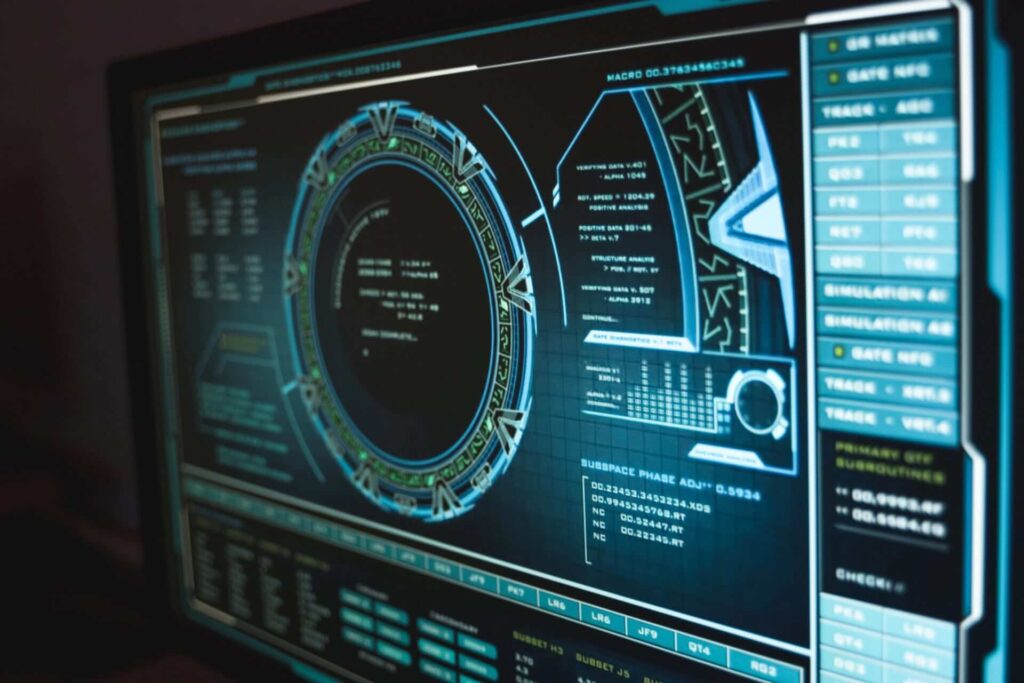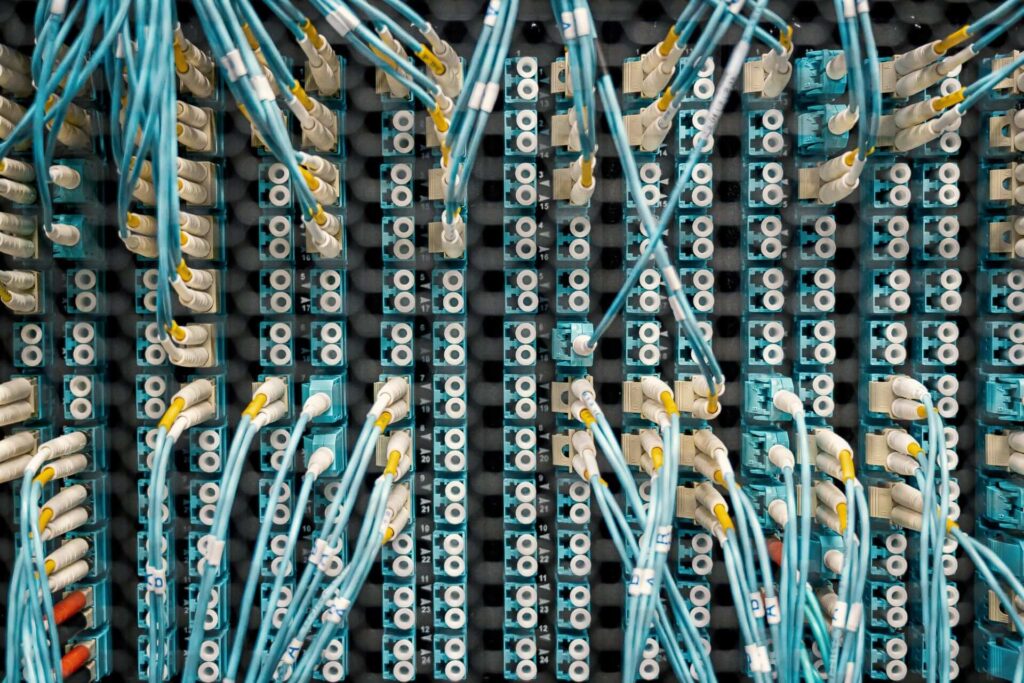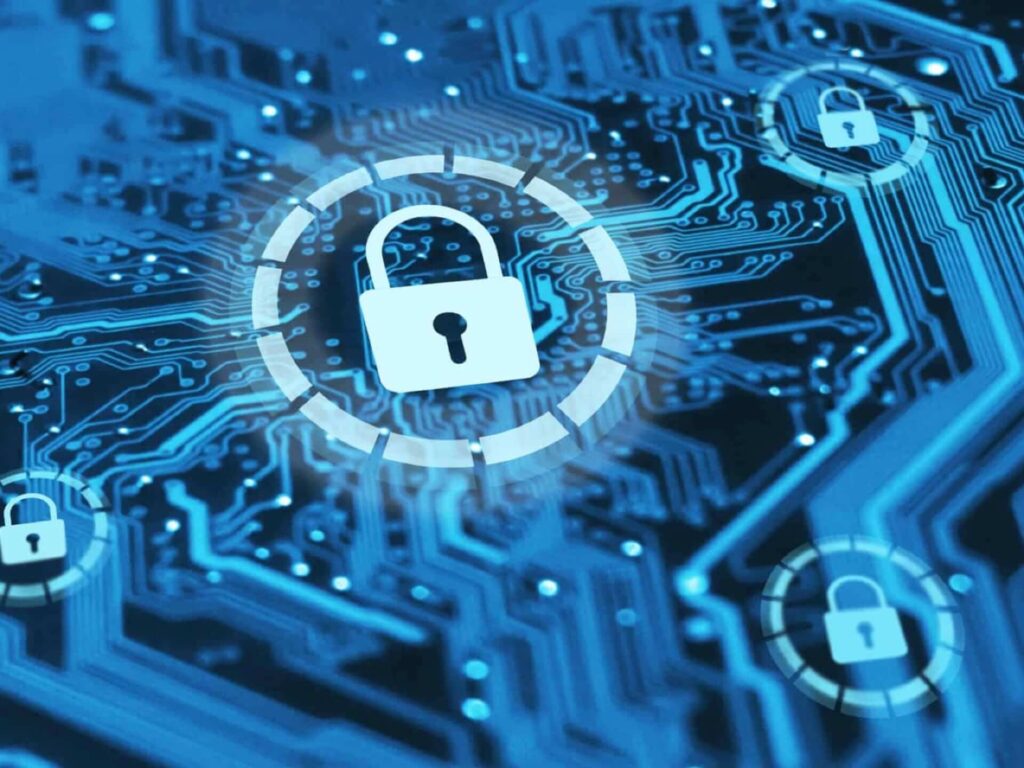
PROJECT
Architecture and hardware for a high-performance Quantum-Safe internet
DOCTORAL CANDIDATE
Loïc Millet.
Supervisors
Boso (IDQ), Bussières (IDQ), Zbinden (UG), Curty (UV), Diamenti (SU)
Objectives
Develop a future-proof and practical architecture and hardware components for a QS Internet that optimally address the needs for security, functionality, and usability.
Expected Results
Integration of the state-of-the-art building blocks in commercial QKD systems and demonstration of their value in QKD networks.
Secondments
UG to study the performance of state-of-the-art QKD solutions (Years 1, 2 and 3), UV to study security aspects of practical QKD implementations and networks (Year 2), SU to study architectures combining QKD and PQC (Year 3).
Description
The value of transferred data is constantly increasing as the unwanted disclosure or loss of integrity can even have an impact on human lives. At the same time, the technology to threaten current communication security (with the quantum computer as prominent example) is constantly improving. New cybersecurity solutions are therefore in order. While QKD systems have become commercially available and they can be deployed in various network infrastructures, there is a constant need to improve their performance in a practical and industry-compatible manner in terms of QKD metrics (key rate, link loss, entropy source performance), security (quantum hacking countermeasures, physical and theoretical security) and sensitivity to adjacent multiplexed classical channels. In parallel, the combination of these components and their operational parameters influence the performance of the QKD system and how it matches with the physical constraints of the network in which they will be installed. Adaptability of the system to the network’s physical condition, and vice-versa, is an aspect of high practical value.
The DR will work on the development of some of the key sub-systems of a modular commercial platform based on the BB84 protocol to improve their performance. The focus of this work will range from hardware components like single-photon detector and QRNGs to processing modules like error correction and privacy amplification algorithms. The DR will also study the influence of each sub-system on the overall system performance to evaluate to evaluate the adaptability the highest impact for different deployment use cases.
Methodology
The development of sub-systems will be aligned with the interfaces of IDQ’s QKD platform. Their impact on performance and their added value will be evaluated and quantified. Secondments will enhance the development possibilities and will allow addressing the overall architecture and security aspects.
Risks
Implementing new sub-system inside a commercial QKD product requires tight integration in a production environment; if this causes delay the scope of the project will be adjusted appropriately (e.g. limit the scope to a working PoC which is only partially integrated in to the commercial system).














